Optimal Timing for Siding Services
Siding service can be performed effectively throughout the year, but optimal conditions depend on weather and temperature. Mild temperatures and dry conditions are ideal for installation, repairs, and maintenance. Typically, spring and early fall provide the most suitable weather for siding projects, ensuring proper adhesion and curing.
Spring offers moderate temperatures and less humidity, making it an excellent time for siding work. It allows for timely repairs before summer heat and winter cold.
Fall provides cooler weather and dry conditions, reducing the risk of delays and weather-related issues during siding installation or repairs.
Extreme cold or hot weather can affect siding materials and installation quality. It is best to avoid siding projects during winter and peak summer months.
Planning siding service during moderate seasons can lead to faster completion and better results, with fewer weather-related disruptions.

Spring weather supports efficient siding installation with optimal material adhesion.
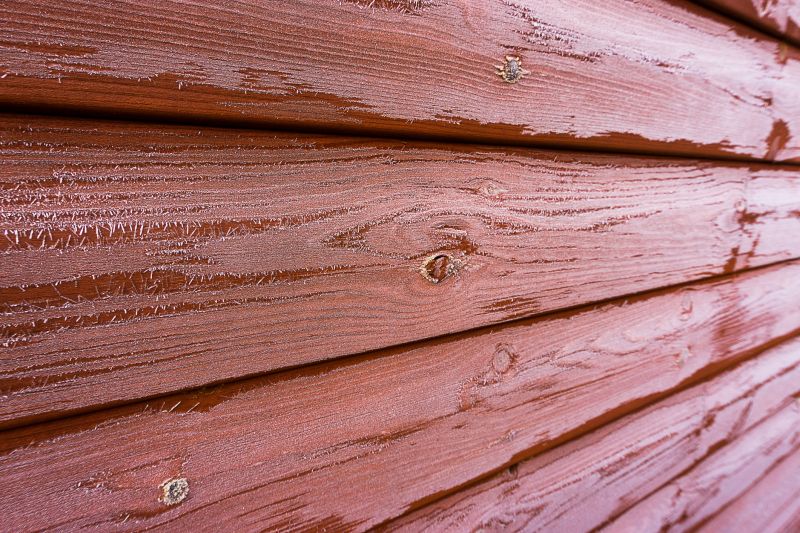
Fall's cooler temperatures help ensure proper curing and long-lasting results.
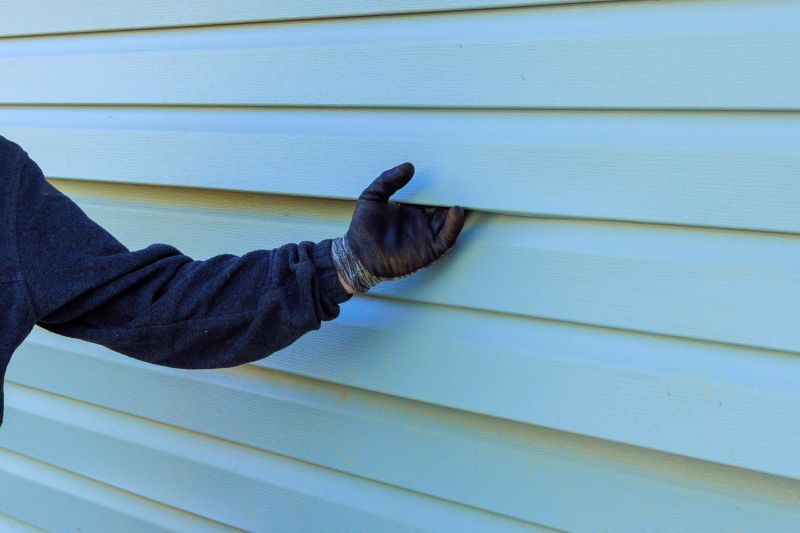
High temperatures can cause siding materials to expand or contract, affecting installation quality.
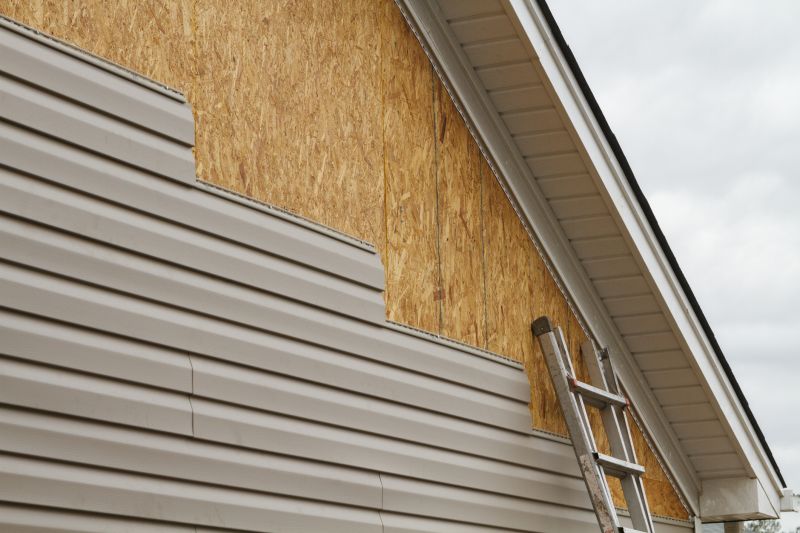
Cold weather can hinder siding work and lead to material issues; best to postpone during winter months.
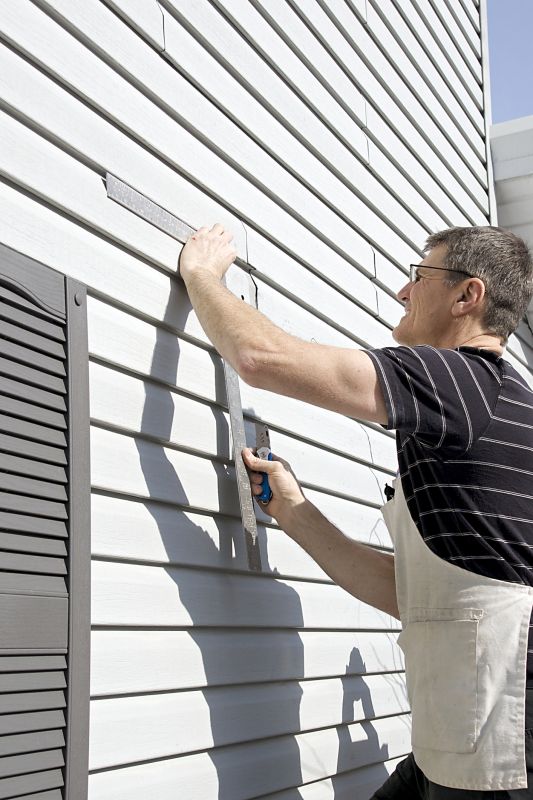
Dry, mild days are preferred for siding projects to prevent delays and ensure quality.

Scheduling siding service ahead of seasonal weather shifts can improve results and longevity.
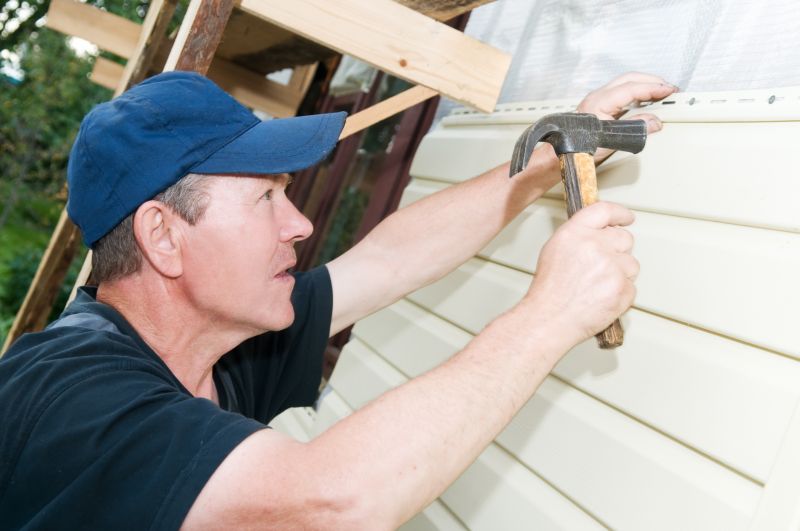
Spring often features stable, moderate weather ideal for siding work.
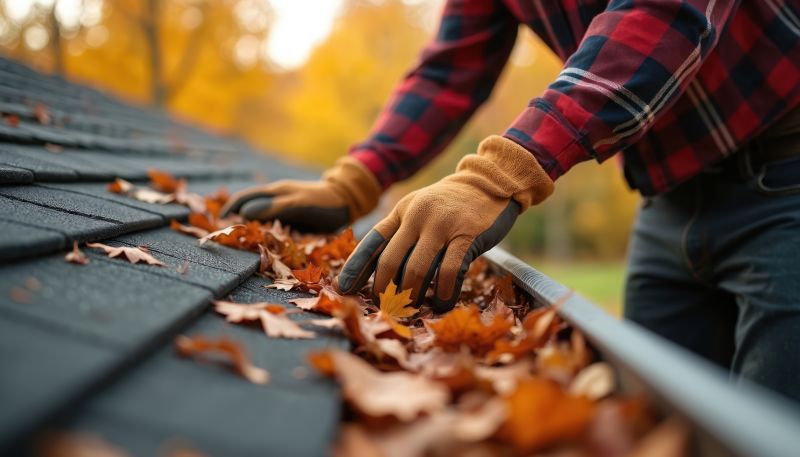
Fall's consistent weather helps in completing siding projects efficiently.
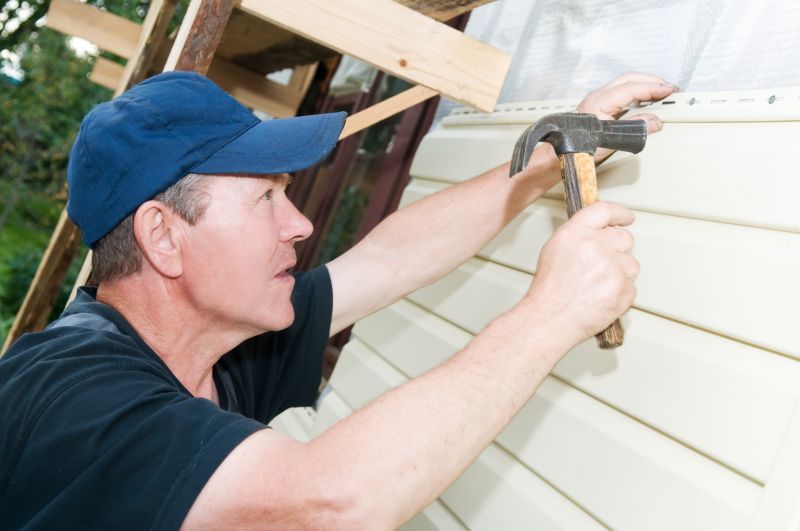
Weather conditions directly influence siding durability and installation success.
| Season | Ideal Conditions |
|---|---|
| Spring | Moderate temperatures, low humidity, dry days |
| Fall | Cooler weather, dry conditions, stable temperatures |
| Summer | High temperatures, risk of expansion and contraction |
| Winter | Cold temperatures, potential for snow and ice |
Siding service encompasses installation, repairs, and maintenance of exterior wall coverings. Proper siding enhances curb appeal, improves insulation, and protects structures from weather elements. Materials such as vinyl, fiber cement, and wood require specific conditions for optimal installation and longevity. Regular inspections and timely repairs can extend the lifespan of siding and prevent costly damages.
Statistics indicate that siding can last between 20 to 40 years depending on material and maintenance. Properly scheduled service during favorable weather can maximize durability and appearance. It is important to consider seasonal weather patterns when planning siding projects to ensure quality results and minimize disruptions.

Spring's mild weather supports effective siding repairs and maintenance.

Fall provides ideal conditions for professional siding installation.

Summer requires precautions due to high temperatures affecting materials.

Winter conditions can hinder siding work and impact material performance.
Interested in scheduling siding service? Filling out the contact form can help plan the project during the most suitable season for optimal results and durability.


